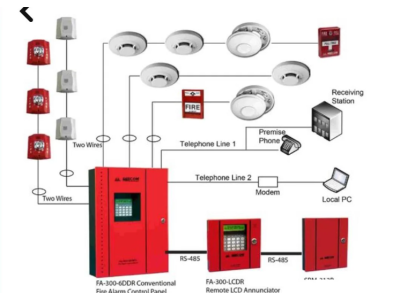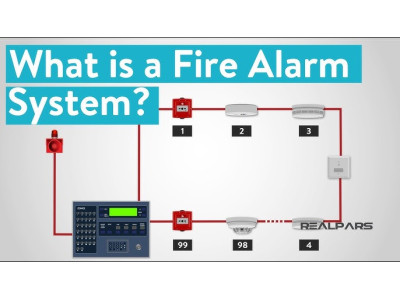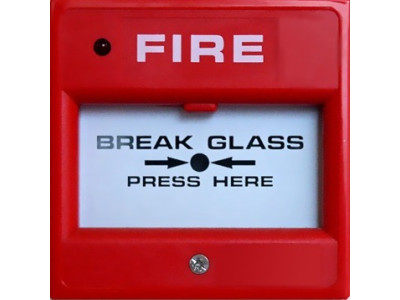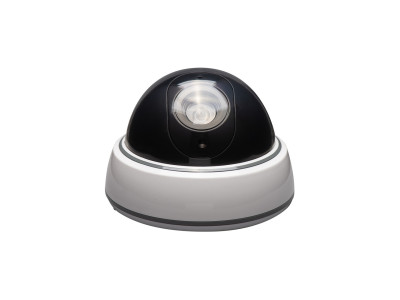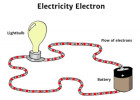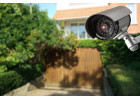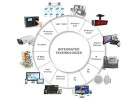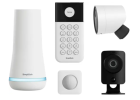
Comprehensive Overview of Security Systems
The field of surveillance and security technology is vast, covering not only standard cameras and alarm systems but also specialized solutions for various applications. On safsale.com, we explore security devices with unique features, innovative designs, and advanced capabilities that enhance safety and convenience.
Each article on surveillance and security includes links to related topics, making it easy to dive deeper and explore every aspect of modern security solutions.
Wireless Security Systems and Technologies
Wireless data transmission is becoming increasingly popular every year. The absence of wired infrastructure simplifies installation and significantly reduces costs. However, when selecting a wireless security system, several key factors must be considered:
- Signal range – How far data can be transmitted without loss of quality.
- Data transmission speed – Higher speeds allow faster communication between devices.
- Bandwidth capacity – Essential for surveillance systems that require high-resolution video transmission.
Besides transmitters and receivers, it’s important to consider components like high-quality antennas, connectors, and cables—small details that can greatly impact signal stability.
Security Gadgets and Devices
The word “device” is widely used today, but in the security industry, it refers to a range of practical solutions. On safsale.com, we cover both professional security systems and popular consumer gadgets, including:
- GPS trackers for real-time location tracking
- Fitness bracelets with emergency call functions
- Ultrasonic pest and animal deterrents
These technologies can serve as useful additions to a comprehensive security system.
Alarm Systems: From Traditional to Advanced Solutions
Like surveillance systems, alarm systems come in a variety of designs and configurations based on their purpose, features, and construction. Beyond just selecting the right equipment, it’s essential to comply with regulatory requirements for system design, installation, and maintenance.
This is especially true for fire alarm systems, which are strictly regulated by the NFPA (National Fire Protection Association) in the U.S. Failing to meet these standards can result in penalties or even business shutdowns.
If you are involved in fire alarm installations, it’s crucial to understand and adhere to these regulations to ensure safety and compliance.
At safsale.com, we provide in-depth reviews, expert recommendations, and practical guides on security systems, helping you find the best solutions for your home or business.
-400x300.jpeg)
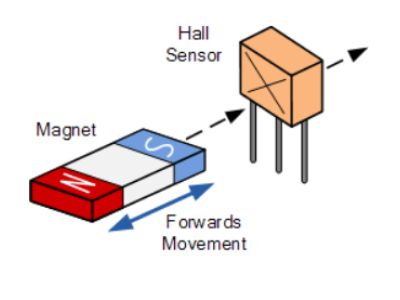
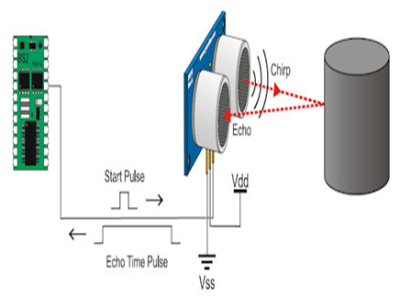

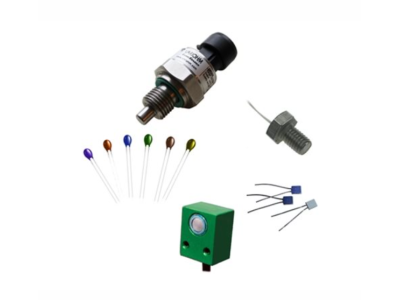
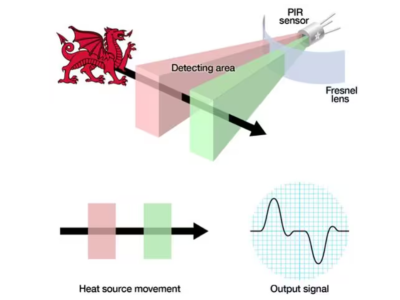
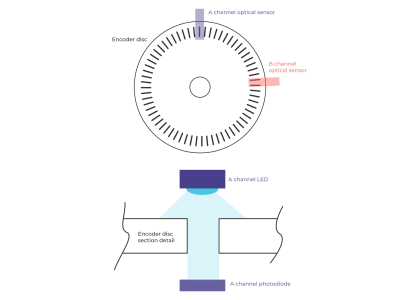
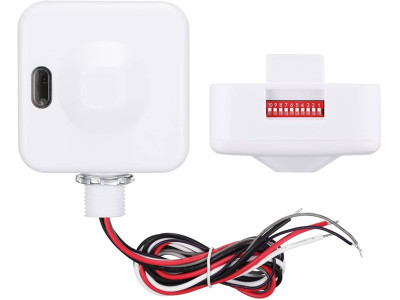
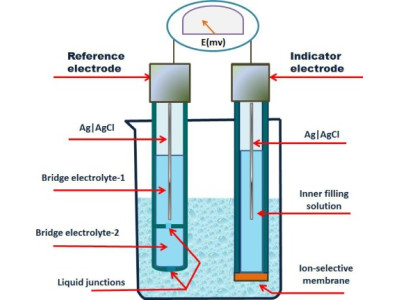
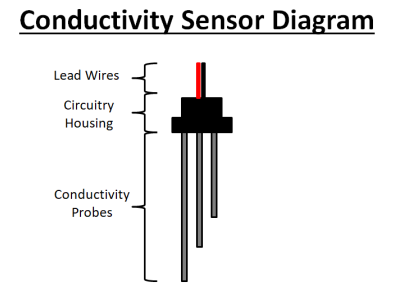
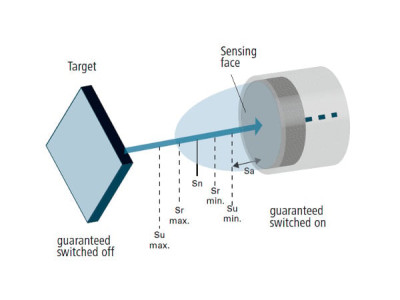
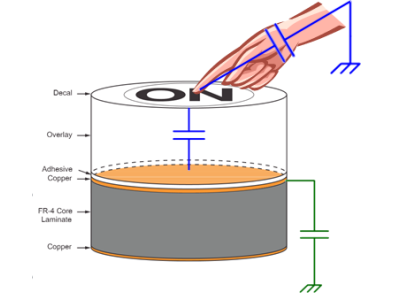
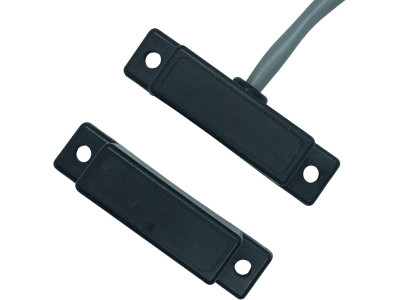
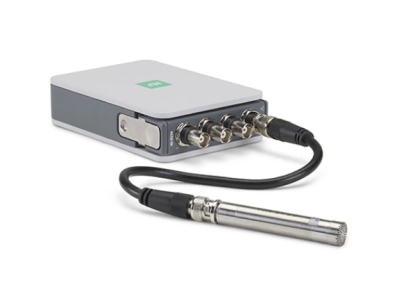
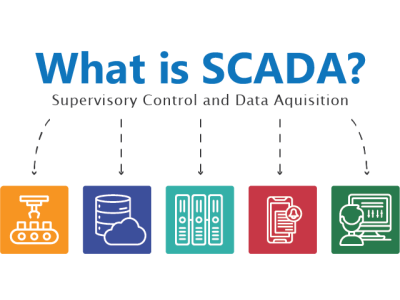
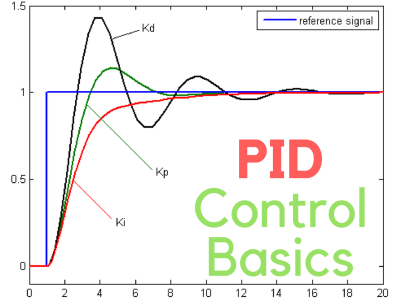

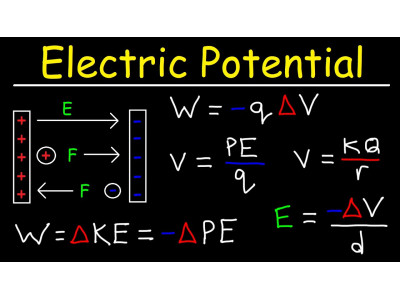
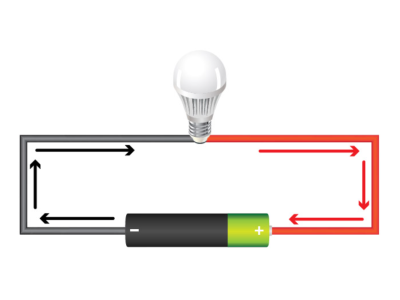
-400x300.jpeg)
